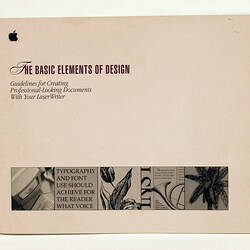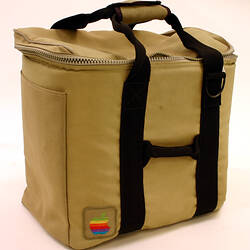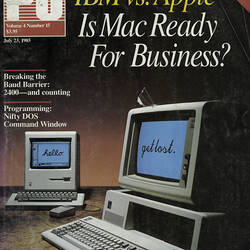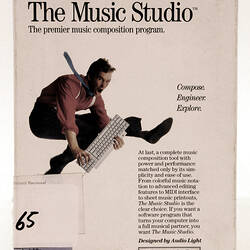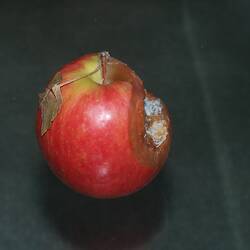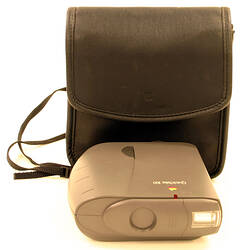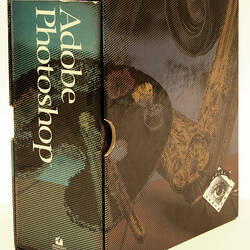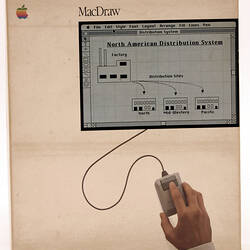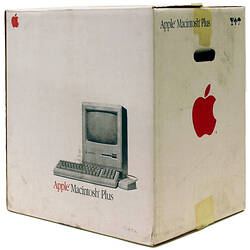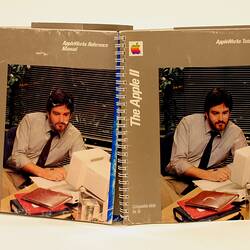The mouse made it possible to access any point on the screen, opening up possibilities for scalable image manipulation. However trying to draw with a mouse was like trying to draw with a brick shaped pencil. This problem was solved by developments in both hardware and software. The hardware was the graphics tablet, a pressure sensitive pad with an electronic touch pencil in place of the mouse. The software was Adobe Illustrator (1987). This drawing program used bézier curves to create smooth lines, circles and arcs.
In 1988 Apple introduced a scanner, which enabled hand-drawn art to be quickly input to the screen, where it could be digitally manipulated using graphics software.
Adobe, realising the need to manipulate scanned images, introduced Adobe Photoshop in 1990. This revolutionised photo retouching and processing by allowing changes to be made in digital form instead of manually. Digital manipulation was faster, non-destructive of original material and therefore, easily reversible.
Desktop colour printing made imaging affordable for amateurs. The colour inkjet printer made colour almost as cheap as black and white, whilst the Apple Color LaserWriter and other colour printing technologies satisfied the need for professional high quality colour output.
At a time when green-on-black display was considered normal, Apple led the industry with the technology needed to support colour monitors, printers and scanners. Meanwhile Adobe again led the software industry in 1993 with the portable document format (PDF) enabling documents, including images, to be sent to a printery for reproduction without plate manufacture.
In January 1994, Apple again led the industry with the introduction of the QuickTake 100 digital camera and software that made it easy to capture and transfer digital images directly from camera to the computer for manipulation and printing.
More Information
-
Keywords
-
Authors
-
Article types



